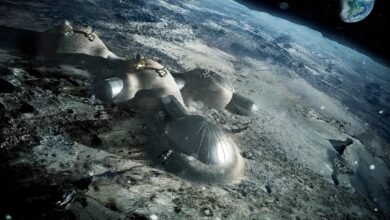SCIENCE
The mystery of the Moon’s two faces could soon be solved | by Ethan Siegel | Starts With A Bang! | Jul, 2024

The near and far sides of the Moon are so different from each other, and no one is sure why. New lunar samples could confirm a wild theory.
Long ago, something odd must have happened way back when the Moon first formed. We aren’t sure exactly what it was or how it happened, but the aftermath of those events led to a tremendous set of differences between the Moon’s near side — the side that always faces us — and the far side, which can only be accessed via spacecraft. The near side is full of familiar and recognizable features, including:
- heavily cratered white areas, representing old lunar highlands,
- sparsely cratered dark areas, representing lowlands known as lunar maria,
- bright rays emerging from many of the deep lunar craters, but only in the dark maria areas,
- and many craters of different sizes superimposed atop one another, but found almost exclusively in the light highland areas.
But the far side, which was only glimpsed for the first time with a 1959 space mission, is very different. It’s almost exclusively comprised of heavily cratered highlands, and the few dark, low-lying maria that are present are very small in…
Source link


